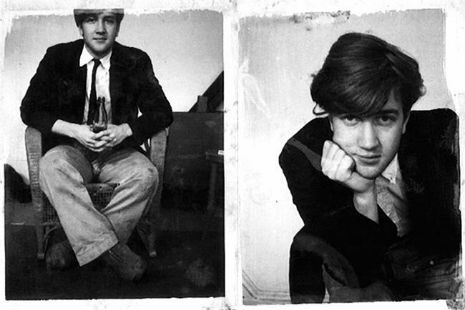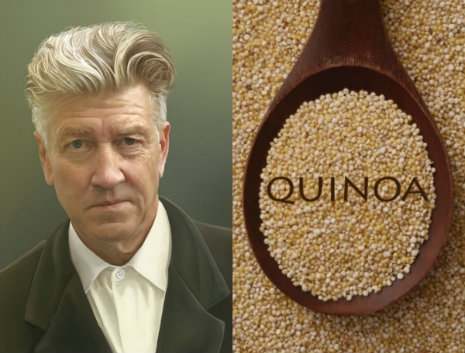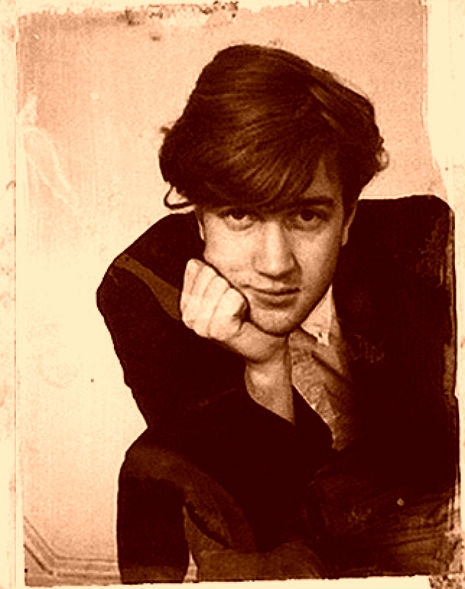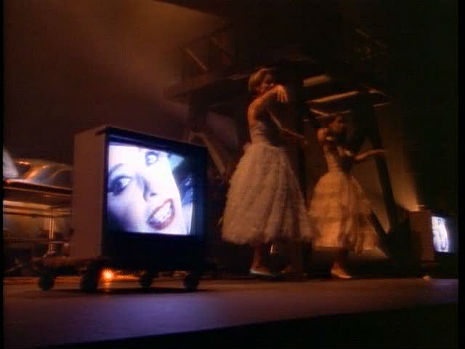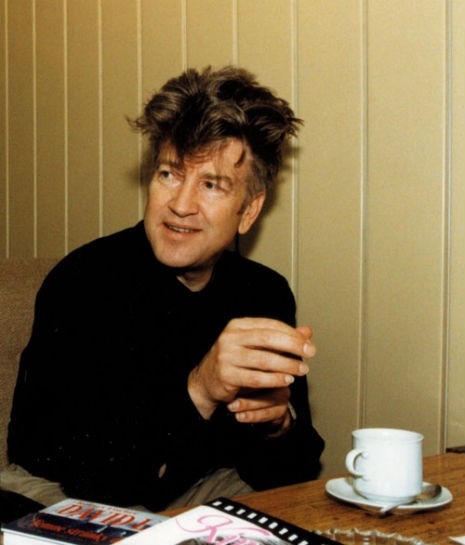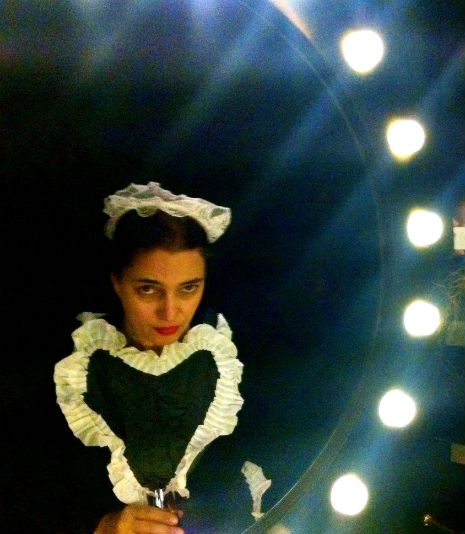
“It’s kind of beautiful, though, the dark…”
In roughly speaking his Twin Peaks/Wild At Heart era, director David Lynch executive produced—and directed two episodes—of a three-part HBO mini-series, Hotel Room, that was broadcast over two days, January 8 and 9, 1993.
The quirky dramas are strangely absorbing, like most of Lynch’s work, but mercifully a bit more straightforward because he didn’t actually write the scripts. Hotel Room is the work of author Barry Gifford, (who also wrote Wild at Heart: The Story of Sailor and Lula, the novel Lynch’s film was based on, and the screenplay for Lost Highway) and Jay “Bright Lights, Big City” McInerney.
The stagebound Hotel Room takes place in the same New York City hotel room (number 603 of the Railroad Hotel) in 1969, 1992, and 1936, respectively. The guests change from story to story, but the hotel employees do not. Nor do they age.
In his book of teleplays, Barry Gifford writes in the preface:
“The only rules regarding composition were that the action take place in specific years–“Tricks,” for example, is set in 1969—and be set in a particular New York City hotel room (numbered 603), the corridor immediately outside the room, and the hotel lobby. A bellboy and maid, the only continuing characters in the series, were to be included in the plays at my option…
“Blackout” was written in two days with the admonition from Messrs. Montgomery [co-producer Monty Montgomery] and Lynch that it be “something our grandmothers could watch.” I told Monty that would not be a problem; I’ll write the play, I said, you guys gag and tie up the old ladies.”
Each episode begins with the director solemnly intoning:
For a millennium, the space for the hotel room existed undefined. Mankind captured it, gave it shape and passed through. And sometimes in passing through, they found themselves brushing up against the secret names of truth.
In a note to “Tricks,” which stars Harry Dean Stanton, Glenne Headly, and Freddie Jones as two guys and a hooker, Gifford wrote:
The pace of the play is slow but tense, the actors’ movements almost agonizingly exaggerated, their words deliberate with a kind of mock profundity. The impression should be one or two steps removed from reality.
That it is. The two other stories were McInerney’s “Getting Rid of Robert,” directed by longtime SNL producer/director James Signorelli and starring Griffin Dunne, Deborah Kara Unger and Mariska Hargitay; and “Blackout” with Crispin Glover and Alicia Witt. The soundtrack was provided by frequent Lynch collaborator Angelo Badalamenti.
Speaking of David Lynch and hotel rooms, Lynch has designed a suite at the Hotel Lutetia in Paris. I thought it would have red walls!
Below, all three Hotel Room episodes, back to back.
Posted by Richard Metzger
|
11.07.2013
03:52 pm
|










